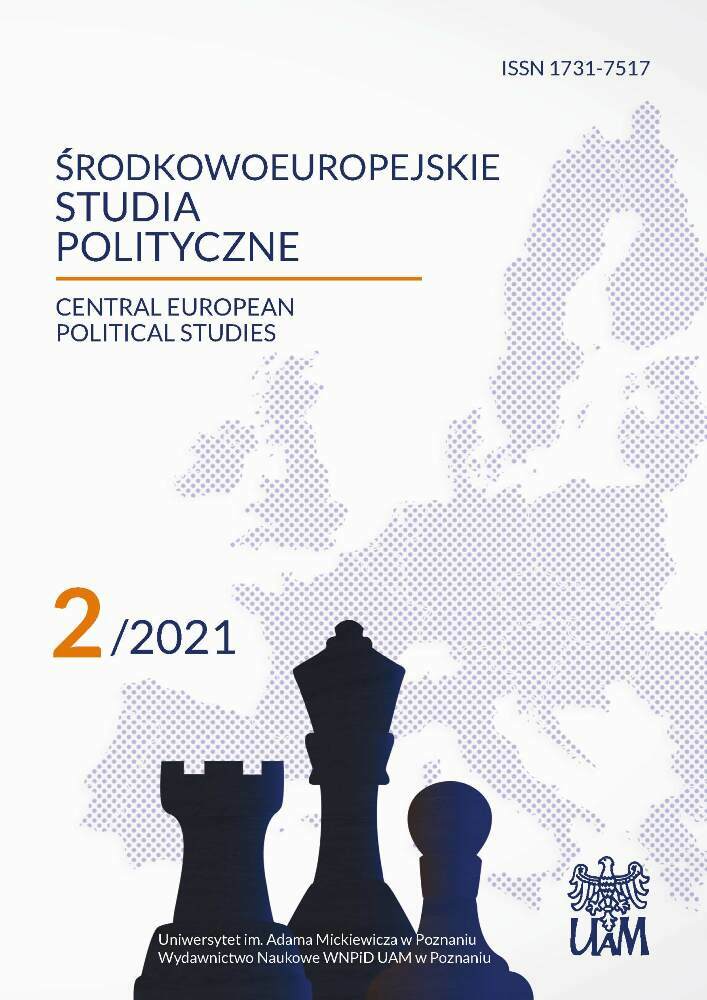Abstract
The purpose of the work is to identify the connotation, features of computational propaganda and reveal how computational propaganda uses new technologies to manipulate public opinion.
The study’s hypothesis is the assumption that computational propaganda, as a new type of propaganda and manipulation of public opinion spawned in the era of artificial intelligence, stealthily and massively steers public opinion using new technologies to influence political and social processes.
With the scientific methods such as event analysis and case-study, the work concludes that more and more governments, political parties, and strategic communication companies use social media as the digital platform, Internet bots as the automated executors, and algorithms as the computational technical guarantee, by participating in, guiding and creating controversial topics and events, to manipulate public opinion and win international competitions, policy debates, elections, etc.
References
Alba M., Welker K., Vitali A., Hasani G. (2016), Hillary Clinton Leaves 9/11 Memorial Early After Feeling ‘Overheated,’ Has Pneumonia, “NBC News”, https://www.nbcnews.com/politics/2016-election/hillary-clinton-falls-ill-9-11-memorial-n-y-n646376, 09.03.2021.
Bastos M., Mercea D. (2019), The Brexit Botnet and User-Generated Hyperpartisan News, “Social Science Computer Review”, vol. 37, no. 1.
Bentzen N. (2018), Computational propaganda techniques, “European Parliamentary Research Service”, https://www.europarl.europa.eu/RegData/etudes/ATAG/2018/628284/EPRS_ATA(2018)628284_EN.pdf, 09.03.2021.
Bradshaw S., Bailey H., Howard P. (2021), Industrialized Disinformation: 2020 Global Inventory of Organized Social Media Manipulation, “Working Paper 2021”, Project on Computational Propaganda, Oxford, UK.
Bureau T. (2020), Fake Followers; Half of the Followers of PM Narendra Modi are Fake in Twitter, “The policy times”, https://thepolicytimes.com/fake-followers-half-of-the-followers-of-pm-narendra-modi-are-fake-in-twitter/, 09.03.2021.
Condliffe J. (2013), Over 60 Percent of Internet Traffic Is Now Driven by Bots, “Gizmodo”, https://www.gizmodo.com.au/2013/12/over-60-percent-of-internet-traffic-is-now-driven-by-bots/, 09.03.2021.
Chen B. (2007), A brief history of all things, Yuanhua.
Choe S. (2017), Former South Korean spy chief sentenced for trying to sway election, “The New York Times”, https://www.nytimes.com/2017/08/30/world/asia/south-korea-spy-chief-sentenced.html, 09.03.2021.
Kemp S. (2020), Digital in 2020, “We are social”, https://wearesocial.com/blog/2020/01/digital-2020-3-8-billion-people-use-social-media, 09.03.2021.
Haq E., Braud T., Kwon Y., Pan H. (2020), A Survey on Computational Politic, https://www.researchgate.net/publication/335233362_A_Survey_on_Computational_Politics, 09.03.2021.
Jones M. (2019), Propaganda, Fake News, and Fake Trends: The Weaponization of Twitter Bots in the Gulf Crisis, “International Journal of Communication”, vol. 13, https://ijoc.org/index.php/ijoc/article/viewFile/8994/2604, 09.03.2021.
Laney D. (2001), 3D data management: Controlling data volume, velocity and variety, “META Group Research Note”.
Lazer D. et al. (2009), Computational social science, “Science”, no. 5915.
Lin H., Yang L., Ren J. (2017), A Study of Computational Politics in the Era of Big Data, “Journal of Chinese information processing”, vol. 31, no. 3.
Luo X., Zhang M. (2019), Operational mechanisms of Western computational propaganda and global governance, Media Watch, Hillary’s health doubts continue to appear again stand-in conspiracy theory, “Shijie”, https://kknews.cc/world/g3ekzl.html, 09.03.2021.
Pyrinis A. (2017), Fake News is Real: The Rise of Computational Propaganda and Its Political Ramifications, Berkeley Political Review, “Berkeley Political Review”, https://bpr.berkeley.edu/2017/11/06/fake-news-is-real-the-rise-of-computational-propaganda-and-its-political-ramifications/, 09.03.2021.
Oliveira F. et al. (2016), The Influence of Retweeting Robots During Brazilian Protests, “49th Hawaii International Conference on System Sciences”, https://folivetti.github.io/files/HICSS-Eric.pdf, 09.03.2021.
Ou Y., Xia Y. (2019), The Hidden Persuasion, “Cankaowang”, https://m.fx361.com/news/2019/0103/6256077.html, 09.03.2021.
Salganik M. (2017), Bit by Bit: Social Research in the Digital Age, Princeton University Press, Open review edition, Princeton, NJ.
Shorey S., Howard N. (2016), Automation, Big Data, and Politics A Research Review, “International Journal of Communication”, vol. 10, http://www.datascienceassn.org/sites/default/files/Automation%2C%20Big%20Data%2C%20and%20Politics%20-%20A%20Research%20Review.pdf, 09.03.2021.
Tufekci Z. (2014), Engineering the public: Big data, surveillance and computational politics, First Monday, vol. 19, no. 7.
Vault M. (2019), The Definitive Glossary of Higher Mathematical Jargon – Algorithm. https://mathvault.ca/math-glossary.
Wan J. (2016), Islamic State’s online propaganda, “Renminwang”, http://media.people.com.cn/n1/2016/0309/c402792-28184900.html, 09.03.2021.
Woolley S., Howard P. (2016), Political Communication, Computational Propaganda, and Autonomous Agents, “International journal of Communication”, vol. 10, https://ijoc.org/index.php/ijoc/article/viewFile/6298/1809, 09.03.2021.
Zhang H., Zhao B., Shi W. (2020), Social bots: A behavioral analysis of Twitter participation in Sino-US trade negotiation issues, “Journalism”, vol. 2, no. 2.
License
Copyright (c) 2021 Jin Yang

This work is licensed under a Creative Commons Attribution 4.0 International License.

